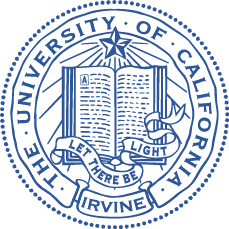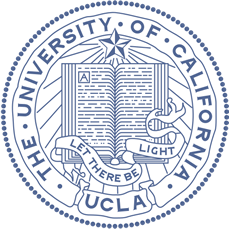The Cal/OSHA Aerosol Transmissible Diseases (ATD) standard was adopted in 2009 to protect employees who are under added risk of contracting certain airborne diseases due to the work they perform. The requirements for employers under this standard are found in Title 8 of the California Code of Regulations, section 5199.
This course will review the requirements of this rule and will allow for you to ask questions regarding which employers are “full standard employers” vs “referring employers”. We will review issues of compliance related to effective screening procedures, isolation precautions, respiratory protection and more.
Current regulation in California is requiring that employers maintain a COVID-19 Prevention Program in writing. This is in addition to the requirement for some employers to comply with the Aerosol Transmissible Disease Prevention standard (ATD standard).
Learning Objectives
This course will enable participants to:
- Understand the definition of an Aerosol Transmissible Disease under this important Cal/OSHA regulation and the scope this standard
- Understand the difference between the requirement to comply with the Cal/OSHA Emergency Temporary Standard for COVID-19 prevention and the ATD (Airborne Transmissible Disease) standard that has been in place since 2009
- Describe the importance of Cal/OSHA’s hierarchy of controls as it relates to the prevention of COVID-19 and ATDs at all places of employment
- Identify the key differences between a “full standard employer” vs a “referring employer” under the ATD standard
- Identify and learn from several Cal/OSHA issued penalties and citations to nursing homes, healthcare and other employers
- List the components of a written ATD prevention program for referring employers
- Identify the requirements of a written exposure control program (ECP) for full standard employers
- Identify the work tasks and work procedures that require compliance with the ATD standard and the definition of “high hazard procedures”
- Explain the employer responsibilities regarding personal protective equipment as it relates to the ATD standard including the California required PPE Certification form and assessment
- Explain training requirements for employees under the ATD standard
- Review sample screening procedures and sample Exposure Control Plans
- Provide a list of resources and the updated information regarding the Emergency Standard for COVID-19 prevention for healthcare workers at a federal level.
Agenda:
- Introduction to the Cal/OSHA Title 8, Section 5199 rule.
- How the ATD standard affects businesses during this pandemic.
- How to limit your business; requirement to comply with this standard
- Cal/OSHA hierarchy of controls in relation with the prevention of COVID-19 and the ATD standard
- "Full ATD standard employers" vs. "referring employers"
- Work tasks and procedures covered under the ATD standard
- Written ATD Programs and sample Exposure Control Plans
- Effective Screening procedures under the standard
- When the ATD standard applies to Laboratories
- Personal protective equipment for those employers covered under the standard
- Respiratory Protection
- Other PPE
- Medical Services for exposed employees, Training and Record-keeping
*Subject to modification
Below is a list of types of employers who should be well versed in the requirements of this specific rule:
-
-
Health care facilities, services, or operations
-
Hospitals
-
Skilled nursing facilities
-
Medical clinics, medical offices, and other outpatient medical facilities
-
Home health care
-
Long term health care facilities and hospices
-
Medical outreach services
-
Paramedic and emergency medical firefighters and other emergency responders
-
Facilities, services, or operations that are designated to receive persons arriving from the scene of an uncontrolled release of hazardous substances
-
Police services
-
Public health services, such as communicable disease contact tracing or screening programs
-
Public health services rendered in health care facilities or in connection with the provision of health care;
-
Correctional facilities and other facilities that house inmates or detainees;
-
Homeless shelters and drug treatment programs;
-
Pathology laboratories and other laboratories,
-
Coroners’ offices, and mortuaries;
-
Medical transport and any and all
-
Facilities and operations within a facility where high hazard procedures are performed
-
Other Registration Options
By phone: 310-206-2304
Email Us: lmlorenzana@ucla.edu, erc@ph.ucla.edu
Payment Terms:
Classes are subject to cancellation by the host due to low registration or scheduling issues. If a class is cancelled by the host, participants will receive a full refund of their original payment.
(rev. 11/6/09):
Participant cancellations must be in writing. Refund schedule due to participant-requested cancellations is:
- 15 or more business days before the class: 80% of registration fee
- 7-14 business days before the class: 50% of registration fee
- Less than 7 days before the class and "no shows": No refund
If course materials such as books have been sent to course participants in advance, the cost of that material will be subtracted from the refund.
UCLA reserves the right to postpone an offering 7 days prior to the course date should minimum enrollment requirements not be met. If a program is canceled, you will be notified and your registration fee will be refunded in full, less the cost of course materials sent in advance if they are not returned in the condition in which they were received. The liability of UCLA is limited to the course fee.


